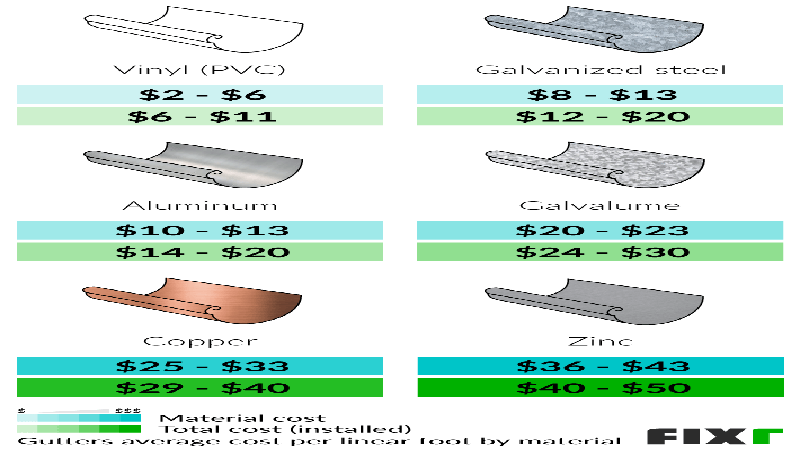- Begin by removing any debris from your gutters and downspouts. This will help ensure that the heat tape can stick to the surface and will also help prevent any potential fire hazards.
- Next, unroll the heat tape and cut it to size. Make sure to leave enough slack so that the tape can be easily wrapped around corners.
- Affix the heat tape to the gutter or downspout using the provided adhesive. Start at the top and work your way down, overlapping each piece by a few inches.
- Once the heat tape is in place, plug it into an outlet and turn it on. Most heat tapes come with a built-in thermostat, so you can set it to the desired temperature.
- Allow the heat tape to run for a few hours to make sure that it is working properly. After that, you can leave it on permanently or turn it off when temperatures are above freezing.
Can you put heat tape on downspouts?
Yes you can put heat tape on downspouts, but there are a few things you should keep in mind. First, make sure the tape is rated for the specific temperature you need. Second, apply the tape carefully and evenly to avoid any gaps. Third, check the tape regularly to make sure it is still working properly.
Can you put heat tape inside a drain pipe?
No, heat tape cannot be placed inside a drain pipe. The tape is designed to be placed on the outside of pipes to prevent freezing, but if it were placed inside a drain pipe it would be ineffective and could cause serious damage.
How do you install heat tape on gutter guards?
- Before beginning, make sure you have all the necessary supplies. You will need heat tape, gutter guards, and some way to secure the heat tape to the gutter guards.
- Once you have everything, begin by cleaning the surface of the gutter guards. This will ensure that the heat tape adheres properly.
- Next, measure and cut the heat tape to the desired length. It is important to make sure that the heat tape is long enough to cover the entire length of the gutter guard.
- Finally, secure the heat tape to the gutter guard. You can use adhesive, screws, or anything else that will ensure a secure connection.
How do you install heat tape?
There are a few different ways to install heat tape, depending on the type of tape and the application. The most common type of heat tape is self-adhesive, which is applied directly to the surface to be heated. This type of tape is typically used for small areas, such as around windows or in crawl spaces. Another type of heat tape is wired, which is installed using wires or cables. This type of tape is typically used for larger areas, such as walls or floors.
What is better than heat tape?
There are a few things that could be considered better than heat tape, depending on what you are looking for. If you need something to heat a large area quickly, then a space heater or other type of heater would be better than heat tape. If you need something to heat a small area for a long period of time, then heat tape would be a better option.
What can I put on gutter downspout to keep it from leaking?
There are a few things you can put on your gutter downspout to keep it from leaking. One is to put a gutter guard on it. This will keep leaves and other debris from clogging up the downspout and causing it to leak. Another thing you can do is to make sure the downspout is pitched properly so that water will flow away from the house instead of towards it. Finally, you can put a piece of flashing on the downspout to help direct water away from the house.
Can you leave heat tape plugged in?
Yes, you can leave heat tape plugged in. There are two main types of heat tape: self-regulating and constant-wattage. Self-regulating heat tape will automatically adjust its output based on the ambient temperature, so it will not overheat or overuse electricity. Constant-wattage heat tape does not have this feature and will remain at a set wattage output no matter the temperature, so it is important to monitor it closely to avoid overheating.
Conclusion
If you follow these steps, you’ll be able to install heat tape in your gutters and downspouts in no time. This will help you keep your gutters and downspouts clear of ice and snow, and will help you prevent any potential damage that could occur as a result of ice or snow build-up.
